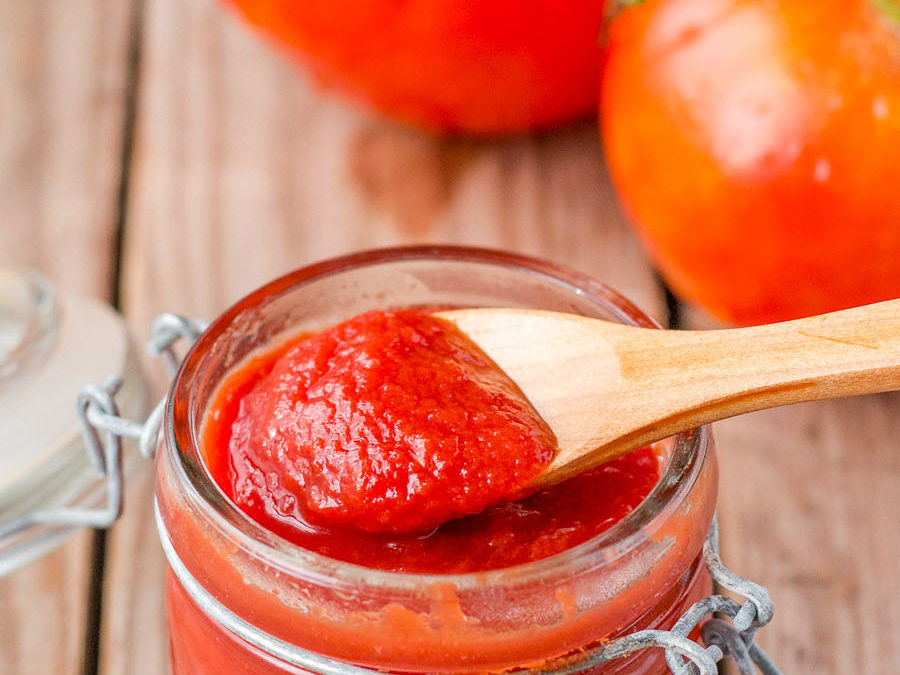Veggie Highlight: Paste Tomatoes
Last week’s pick-up featured slice tomatoes and cherry tomatoes, so this week we are going to look at the paste tomato. Paste tomatoes are typical used for making sauces as they are meatier, have a less moisture content and have fewer seeds which are all very important factors when making a great tomato sauce.
Homemade Tomato Sauce
Ingredients:
- Paste Tomatoes
- Extra Virgin Olive Oil
Instructions:
- Rinse the tomatoes well, remove the stems and cut into small chunks
- Fill a blender jar with the tomato chunks and blend until the tomatoes have all reduced into a sauce
- Place a stainless steel strainer over a large pot on the stove (or over a slow cooker pot), and pour the tomato sauce into the strainer. Use a stainless steel spoon or a spatula to press the tomato sauce through the strainer into the pot below. In this step we are straining out the skin and seeds of the tomatoes.
- Repeat with the remaining tomatoes. Some people like to add in red peppers and other vegetables to their tomato paste. If you want to add in other vegetables, now is the time to do it. I do like to add a dash of olive oil to the tomato paste as it reduces on the stove.
- Heat the sauce over low heat until simmering, stirring every once in awhile and checking on the consistency. As the water evaporates away, the sauce will continue to thicken. As is starts to get thicker, you will want to turn the heat down lower and check on the tomato paste more often because it is more likely to burn. When using a slow cooker on low, you can leave the tomato paste unattended for longer periods of time, but as it starts to thicken, you will also need to check on it more often to prevent it from burning.
- To give the tomato paste a more caramelized flavor, and reduce it even further, you can bake it on clean baking pans on low heat in the oven. Scrape the tomato paste from the bottom of the tray with a spatula, stirring it into the rest as you frequently check on the consistency. Some people do the entire process of making the tomato paste in the oven, but I prefer to reduce it to a sauce on the stove first.
- Once you’ve achieved the desired consistency, the tomato paste is ready to be used in recipes, or ready to be stored. I usually freeze excess tomato paste, but you can can it instead. If you do decide to can it, from what I understand, you should add some citric acid, which can be in the form of a bit of lemon juice, to the paste before canning. If it’s concentrated enough, though, it may not need it.
Alternative Recipes:
- Homemade Pizza
- Mexican Casserole
- Spinach Tomato Tortellini
- Italian Sausage Soup with Tortellini
- Spaghetti Squash





